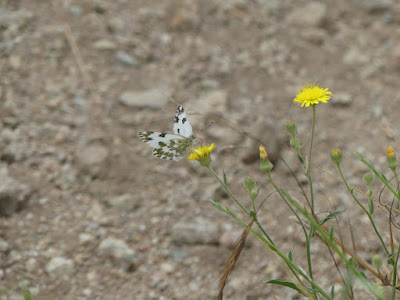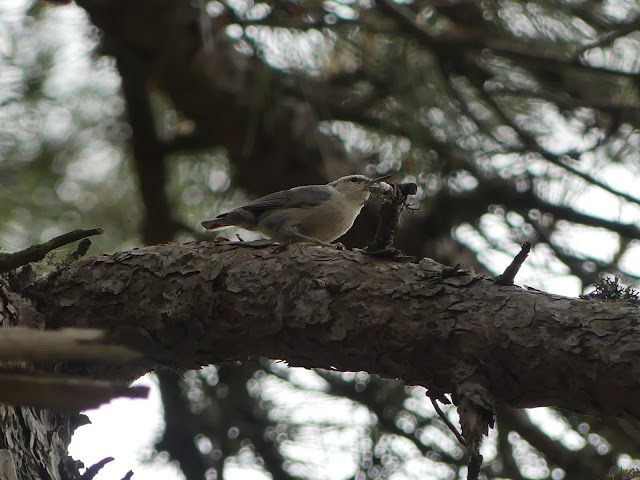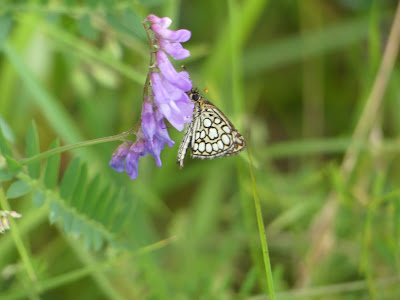Tuesday, 24 December 2024
2024 advent Day 24
Monday, 23 December 2024
Sunday, 22 December 2024
Saturday, 21 December 2024
2024 advent Day 21
Friday, 20 December 2024
2024 advent Day 20
Thursday, 19 December 2024
2024 advent Day 19
Wednesday, 18 December 2024
Tuesday, 17 December 2024
Monday, 16 December 2024
Sunday, 15 December 2024
Saturday, 14 December 2024
Friday, 13 December 2024
Thursday, 12 December 2024
Wednesday, 11 December 2024
Tuesday, 10 December 2024
Monday, 9 December 2024
Sunday, 8 December 2024
Saturday, 7 December 2024
Friday, 6 December 2024
Thursday, 5 December 2024
Wednesday, 4 December 2024
Tuesday, 3 December 2024
Monday, 2 December 2024
Sunday, 1 December 2024
2024 advent Day 1
For this year's advent calendar, I decided to choose a selection of photo's I took during the year and which never made it my blog, starting back in January with these Common Goldeneye on Rutland Water.
Friday, 22 November 2024
Where's Widgy?
Sunday, 27 October 2024
Pretty in pink
Wednesday, 23 October 2024
Mock star
Friday, 27 September 2024
Sibchat
Tuesday, 13 August 2024
Corsican endemics
Wednesday, 17 July 2024
Accidental lifer
Now I'm fast running out of new butterfly species to find in Belgium, I should perhaps start working on my odonata list!
Friday, 12 July 2024
Cranberry craziness
I finally managed to connect with my first Cranberry Fritillaries last weekend. In Belgium, this species is restricted to peat bogs in the Ardennes and I have made several trips to try and find one over the years but only twice seen a distant fritillary in flight which may or may not have been another species. This time, the reserve seemed very quiet at first but I soon spotted a fritillary feeding on a thistle and managed to fire off a few record shots.
I was, however, standing on a boardwalk in the middle of a bog so couldn't get any closer and the butterfly quickly dropped down into the grasses and disappeared. I thus decided to try the cycle path surrounding the reserve since the verges had a lot more flowers than the bog itself plus my movements would be less restricted there. This was a wise move since I soon saw another Cranberry Fritillary, then two more, and eventually counted around 20 individuals over the next hour or two!


















































